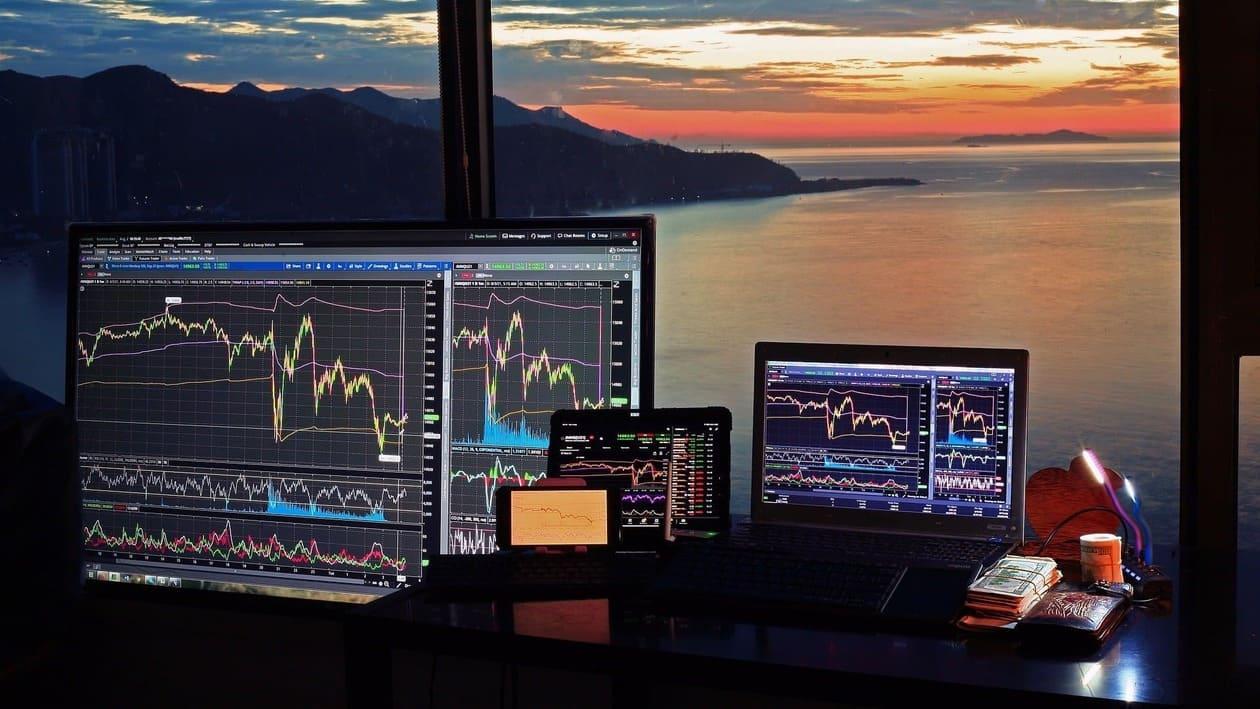The investors are finding themselves standing at a crossroads again. For seasoned investors, this is nothing new, but for a large proportion of investors who have started their investment journey in the past five years, this is something new.
At this juncture, everyone has to choose a path for their onward journey. The options are rather simple –
(i) Continue the journey to the north - Stay with the extant strategy and hold on to your investments.
(ii) Take a right turn towards the east - Review and restructure your portfolio of investments in light of the new evidence.
(iii) Take a left turn towards the west – Change the strategy and rebalance the portfolio in favour of safety and liquidity from return previously.
(iv) Turn around and move back in the south direction - Liquidate the whole or a substantial part of your portfolio and wait for an opportune time to begin the journey afresh.
The empirical evidence suggests that the vintage of investors and the size of portfolios play an important role in making this decision. The seasoned investors and/or investors with larger portfolios usually avoid the fourth option and prefer the options listed at (i) and (ii) above; whereas the newer and/or investors chose from the options (iii) and (iv).
In my view, choosing an option is the prerogative of the individual investors. I am sure, they make a decision which they consider best as per their investment objectives, risk tolerance, and personal circumstances. The problem, however, occurs in most cases, when the investors avoid, delay or precipitate a decision. Avoiding a decision makes you jittery portfolio values move beyond your risk tolerance bands; delaying or hastening a decision often leads to wrong decisions.
The question is whether it is an appropriate time to make a decision or the investors may take some more time to decide the future course of action. Or, is it already too late to make a decision?
I believe that each investor will have to answer this question individually, and I can speak only for myself. In my view, it is a bit late to make the decision, but not too late.
I would however like to mention a few historical facts that might help my fellow investors in making an appropriate choice.
Prima facie, the market conditions today may appear to be similar to the conditions during the dot-com boom, bust and resurrection (1998-2000-2004).
As the dot-com bubble, this time also the market rally was characterised by the new age businesses with undefined business models and negative cash flows for prolonged periods, commanding unsustainable valuations. Like the dot-com bubble, the low-interest rates in the last one decade fuelled the bubble and rate hikes caused the burst.
• For records, Nifty had gained 127% (800 to 1800) in a short span of 15 months (November 1998- February 2000). It gave up all the gains in the next 18 months (September 2001). It took almost three years (November 2004) for Nifty to “sustainably” break past the 1800 level. In the present case, Nifty gained 148% (7500 to 18600) in 19 months (March 2020 to October 2021). In the next seven months, it has shed about 25% of gains recorded in the preceding 19 months. So, if we assume the present case to be a case of a repeat of dotcom.
• It is pertinent to note that while Nifty recovered the losses during the burst in three years, many market leaders took much longer to recoup their losses. For example, Infosys took six years (2006), Wipro took 20 years (2020) and Hindustan Unilever took 10 years (2010) to reach their high levels recorded in the year 2000.
The present economic conditions are substantially different from 2000. The central bankers had sufficient ammunition to support the markets in 2000.
The US Federal Reserve cut rates from a high of 6.5% in 2000 to 1% in 2004 to support the economy and markets. The inflation was not a worry and the new growth engines in the form of the emerging markets, especially India and China, were emerging fast to support the global growth.
In the instant case, however, the central banks have virtually no ammunition left to stimulate the growth; all the growth engines of the world are stuttering and inflation is a major concern for the entire world. After all, the world perhaps has never seen a recession while the interest rates are still so low.
It is, therefore, reasonable to assume that the market trajectory may also be different from 2000 to 2004. Considering that the cycles (rate, Inflation, growth, etc.) are now much more shallow than in the 2000s.
The rates this time may peak at much lower levels. We may not see global growth at 5% in near future and therefore inflation may not last long either. The markets may not revisit 2020 panic lows and also may not take three years to breach 2021 highs.
Nonetheless, the valuation readjustment within markets may be material and lasting. The valuations for many new age businesses that have lost significantly from their recent high might continue to correct further.
Many of these businesses may fail to sustain and become extinct. On the other hand, some old age businesses that have corrected to the “cheap” range may regain some prominence.
So it would still be in order to restructure the investment portfolios. For the record, I chose option (ii) a couple of months ago and took a right turn.
(The author is Director - Equal India Foundation)
Disclaimer: The views and recommendations made above are those of the analyst and not of MintGenie.
